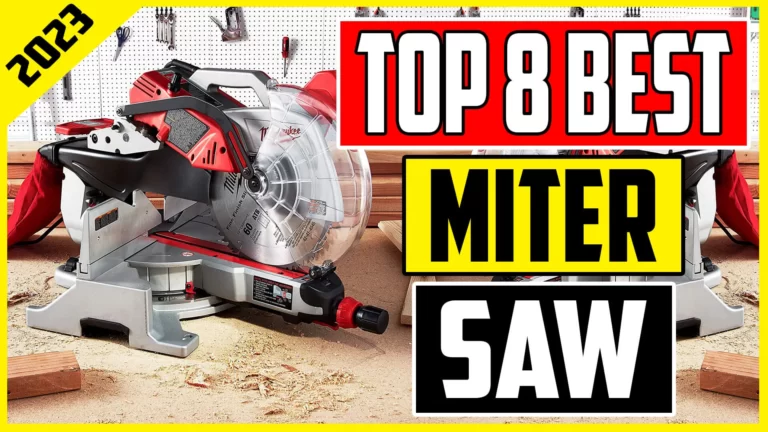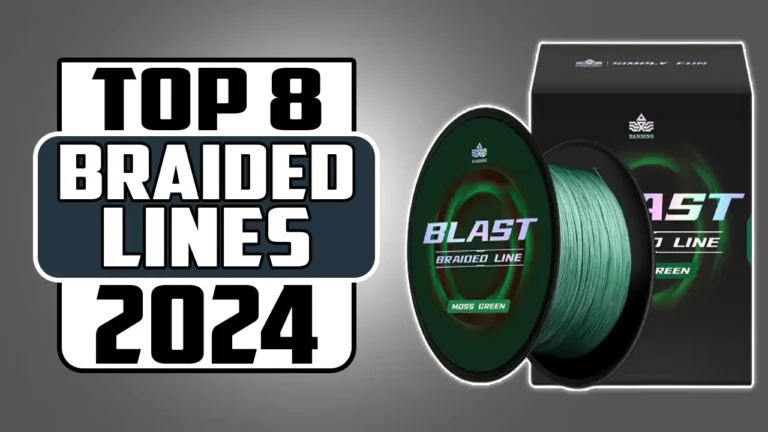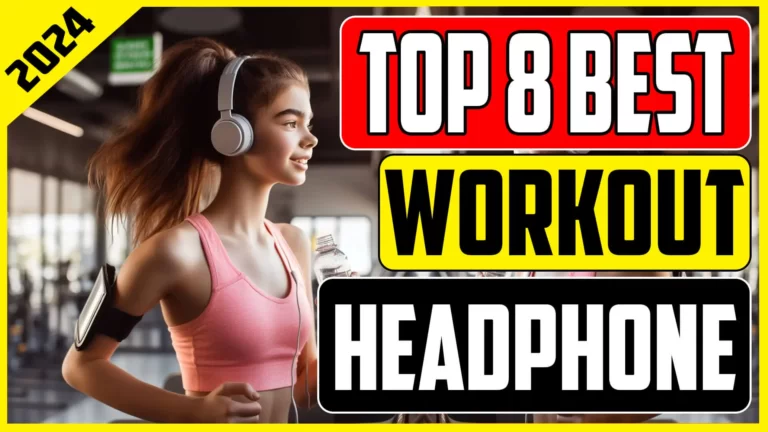Top 8 Best Running Shoes of 2025

Running shoes play a vital role in a runner’s performance, comfort, and injury prevention. Whether you are a seasoned marathoner or just starting your fitness journey, finding the right running shoes tailored to your specific needs is essential. With advancements in shoe technology, 2025 brings a variety of options that cater to different running styles and terrains. In this guide, we will explore the best running shoes of 2025, highlighting their unique features to help you make an informed decision.
1. Brooks Men’s Trace 3 Neutral Running Shoe
The Brooks Men’s Trace 3 is designed for runners who prioritize comfort, durability, and style. Its BioMoGo DNA midsole adapts to your unique stride, offering personalized cushioning that reduces impact on your joints. This feature makes it ideal for long-distance running. The shoe’s segmented crash pad ensures smooth transitions from heel to toe, providing a stable and supportive ride.
Key Features:
- Breathable mesh upper
- Lightweight design
- Durable rubber outsole for multi-surface traction
2. Hoka One One Men’s Mach 6 Running Shoe
The Hoka Mach 6 is a game-changer for runners who want speed without sacrificing comfort. Its Supercritical EVA foam compound makes it lightweight while offering enhanced responsiveness. The creel jacquard upper provides a secure yet flexible fit, though it may feel narrow for runners with wider feet.
Key Features:
- Thick, responsive midsole
- Suitable for long-distance and fast-paced runs
- Durable rubber outsole for excellent grip
3. Puma Women’s Deviate Nitro 2 Running Shoe
The Puma Deviate Nitro 2 balances speed and comfort, making it a versatile choice for both tempo runs and long-distance races. Its carbon fiber plate enhances energy return without compromising on cushioning. Testers appreciate its smooth, cushioned ride, making it ideal for those seeking a stable yet responsive running shoe.
Key Features:
- Carbon fiber plate for propulsion
- Nitro foam midsole for cushioning
- 8mm drop for balanced comfort
4. Saucony Men’s Endorphin Speed 4 Running Shoe
The Saucony Endorphin Speed 4 is perfect for runners who want a shoe that performs well in both long runs and quick intervals. Its PWRRUN PB foam and nylon plate work in tandem to deliver a balanced ride. The redesigned upper ensures a snug fit, making it comfortable for various foot shapes.
Key Features:
- Nylon plate for speed and stability
- Smooth transitions with the rocker design
- Versatile for different types of runs
5. Saucony Women’s Kinvara 14 Running Shoe
The Saucony Kinvara 14 is known for its lightweight construction and budget-friendly price point. With a softer foam midsole, it offers a comfortable, responsive ride perfect for daily training. This shoe is ideal for runners looking for a no-frills, performance-driven option at a great price.
Key Features:
- Lightweight and breathable
- Improved foam for better energy return
- Minimalistic design for easy maintenance
6. Puma Velocity Nitro 3 Running Shoe
Puma’s Velocity Nitro 3 combines comfort, responsiveness, and durability, making it a versatile choice for all types of runners. Its PumaGrip outsole performs well on both wet and dry surfaces, while the Nitro foam midsole provides a cushioned yet lively feel.
Key Features:
- 39mm stack height for added cushioning
- Smooth landings with the Nitro foam
- Excellent grip with PumaGrip outsole
7. Asics Women’s Novablast 4 Running Shoe
The Asics Novablast 4 provides a trampoline-like energy return, making it suitable for marathon training or speed intervals. With a 40mm stack height, it offers ample cushioning for long-distance runs while maintaining responsiveness.
Key Features:
- Responsive energy return
- Suitable for both long-distance and speed training
- Balanced comfort and performance
8. Asics Men’s Novablast 4 Running Shoe
The top-rated shoe on this list, the Asics Men’s Novablast 4, excels in versatility, offering a balanced mix of comfort, speed, and durability. Its 43mm foam stack provides a cushioned landing, making it suitable for a wide range of runs, from easy recovery days to fast 5Ks.
Key Features:
- Cushioned yet lively feel
- Ideal for a variety of running paces and surfaces
- Durable, lightweight construction
Buying Guide for the Best Running Shoes of 2025
When selecting the best running shoes, it’s essential to consider multiple factors, such as your running style, foot shape, and the surfaces you plan to run on. Running shoes are not one-size-fits-all, and choosing the right pair can make a significant difference in your comfort and performance. Here’s a comprehensive guide to help you make an informed decision when shopping for running shoes.
Foot Type and Gait Analysis
The first step to buying the right running shoe is to understand your foot type. Foot types generally fall into three categories: neutral, overpronation, and underpronation. Visiting a specialized store to get a gait analysis can provide valuable insights into how your foot strikes the ground, which will inform the type of support or cushioning you need.
- Neutral Foot: Neutral runners can wear a wide range of shoes but typically benefit from those with balanced cushioning.
- Overpronation: If your foot rolls inward excessively, you’ll need a stability shoe to prevent injury.
- Underpronation: Also known as supination, this occurs when your foot rolls outward. You’ll want a shoe with plenty of cushioning to absorb shock.
Cushioning and Support
Cushioning is a critical factor to consider, especially for long-distance runners. Shoes with thicker midsoles provide more impact absorption, making them great for marathon training or recovery runs. If speed is your priority, lighter shoes with responsive cushioning, like the Asics Novablast 4, will suit you better.
- High Cushioning: Ideal for long-distance runners who prioritize comfort.
- Minimal Cushioning: Best for runners looking for speed and agility.
Stability vs. Flexibility
Some shoes are designed with enhanced stability, while others are more flexible to allow natural foot movement. Stability shoes often come with features like a denser midsole or structured arch support, which can help prevent overpronation. On the other hand, flexible shoes are often lighter and designed for runners who want a more natural running feel, like the Brooks Men’s Trace 3.
Breathability and Material
Running shoes need to offer good ventilation to keep your feet cool and comfortable. Materials like mesh uppers, featured in models like the Puma Deviate Nitro 2, allow air to circulate freely, preventing excessive sweating and hot spots.
- Breathable Mesh: Lightweight and keeps your feet cool.
- Durable Materials: Essential for runners who train in various weather conditions or terrains.
Durability
Running shoes are an investment, so durability is essential. Look for models with high-quality outsoles, like the Puma Velocity Nitro 3, which includes durable rubber for multi-surface traction. Durability ensures that your shoes will last longer, even with regular use on challenging surfaces.
FAQs About Running Shoes
What is the lifespan of running shoes?
Running shoes typically last between 300 to 500 miles, depending on how often you run and the surfaces you run on. Heavier runners or those who frequently run on rough terrain may wear out their shoes faster.
Can I wear my running shoes for other sports or activities?
While you can wear running shoes for other light activities like walking or gym workouts, they are designed specifically for running. Using them for sports like basketball or tennis may cause them to wear out faster due to the lateral movements required in those activities.
What is the best running shoe for flat feet?
Runners with flat feet should look for stability shoes that offer strong arch support and motion control. Shoes like the Saucony Endorphin Speed 4 or other stability models can help reduce discomfort and prevent injuries.
Should I go up a size in running shoes?
It’s generally recommended to go up half a size in running shoes to accommodate foot swelling during runs. Ensure that there is about a thumb’s width of space between your toes and the front of the shoe for optimal comfort.
How do I know if I need new running shoes?
You might need new shoes if you start experiencing pain in your feet, knees, or hips during runs. Additionally, if the tread on the outsole is worn or the midsole feels less cushioned, it’s time for a replacement.
Can I run in the rain with my running shoes?
Yes, many running shoes, like the Brooks Men’s Trace 3, feature water-resistant materials and strong outsoles that can handle wet conditions. However, it’s essential to let your shoes dry properly after running in the rain to avoid damage.
Should I break in my running shoes?
Modern running shoes usually require minimal break-in time. However, it’s still a good idea to wear them for shorter runs initially to ensure they feel comfortable and don’t cause blisters or discomfort.
Are expensive running shoes always better?
Not necessarily. While higher-end shoes often come with advanced technology and materials, it’s crucial to choose a shoe that fits your specific needs, not just based on price. Shoes like the Puma Velocity Nitro 3 offer excellent performance at a budget-friendly price.
Conclusion
Choosing the best running shoes involves considering your unique foot type, running habits, and personal preferences. By focusing on factors such as cushioning, stability, and durability, you can find a pair that not only enhances your running experience but also supports your overall health and well-being. Whether you’re a seasoned marathoner or just starting your running journey, the right shoes can make all the difference. Take the time to understand your needs, and you’ll be well on your way to achieving your running goals.












